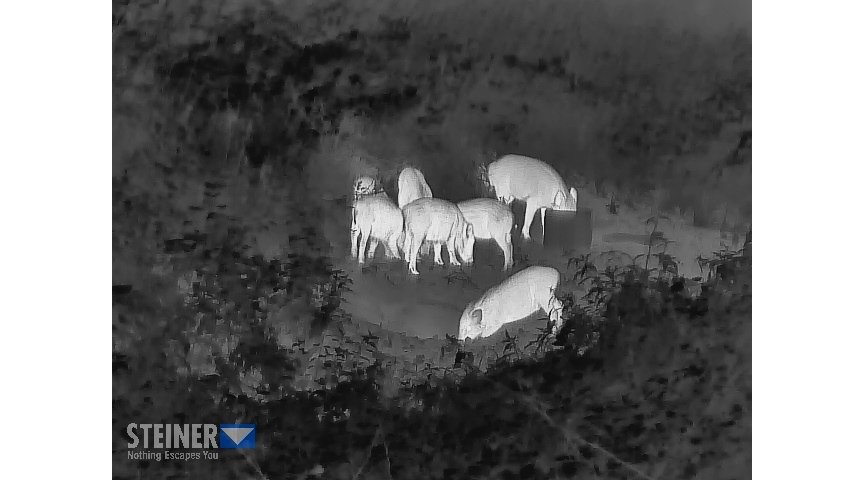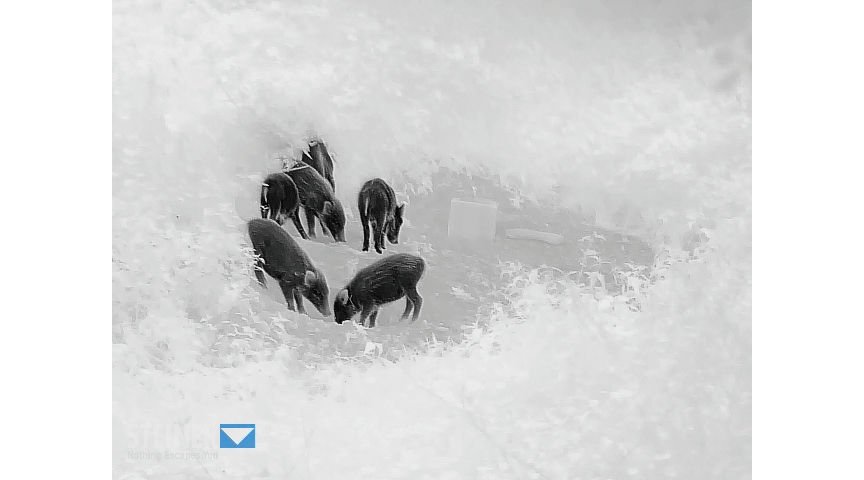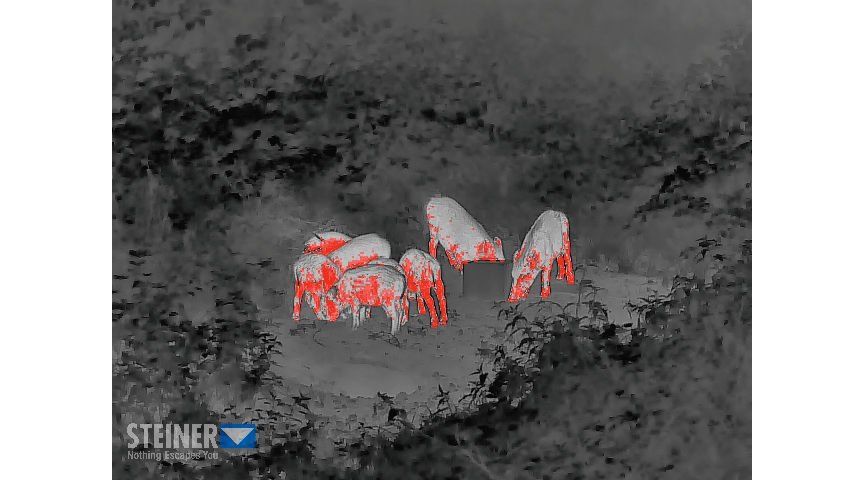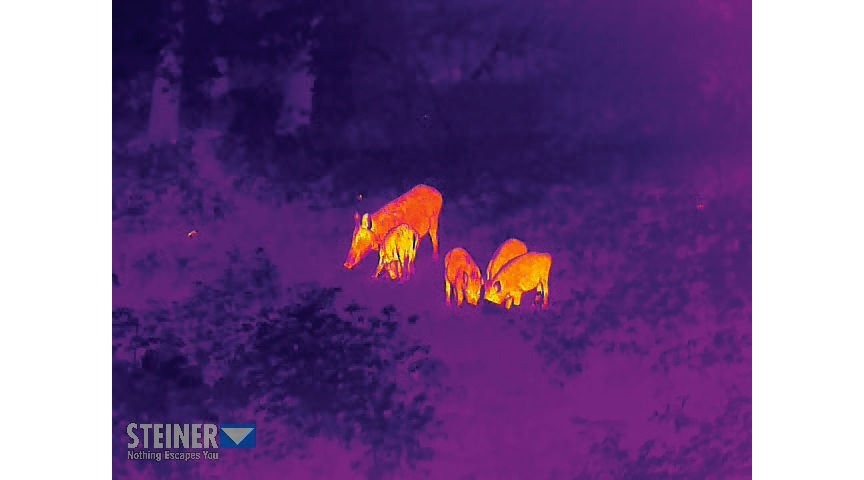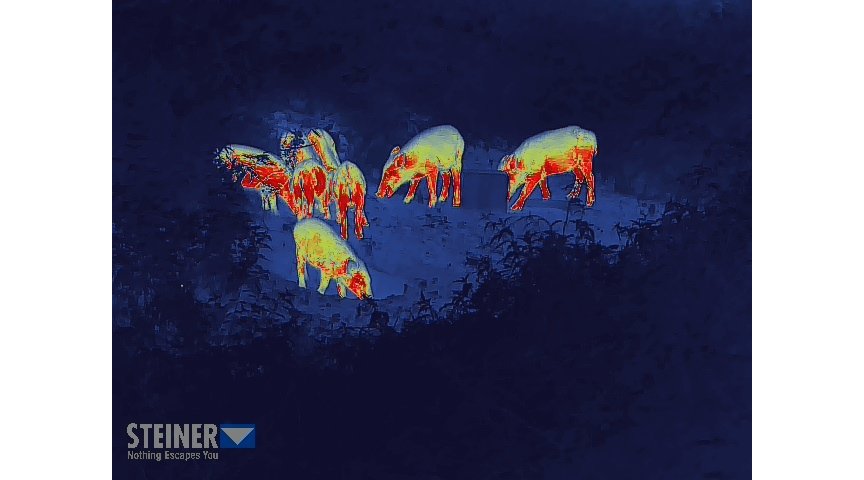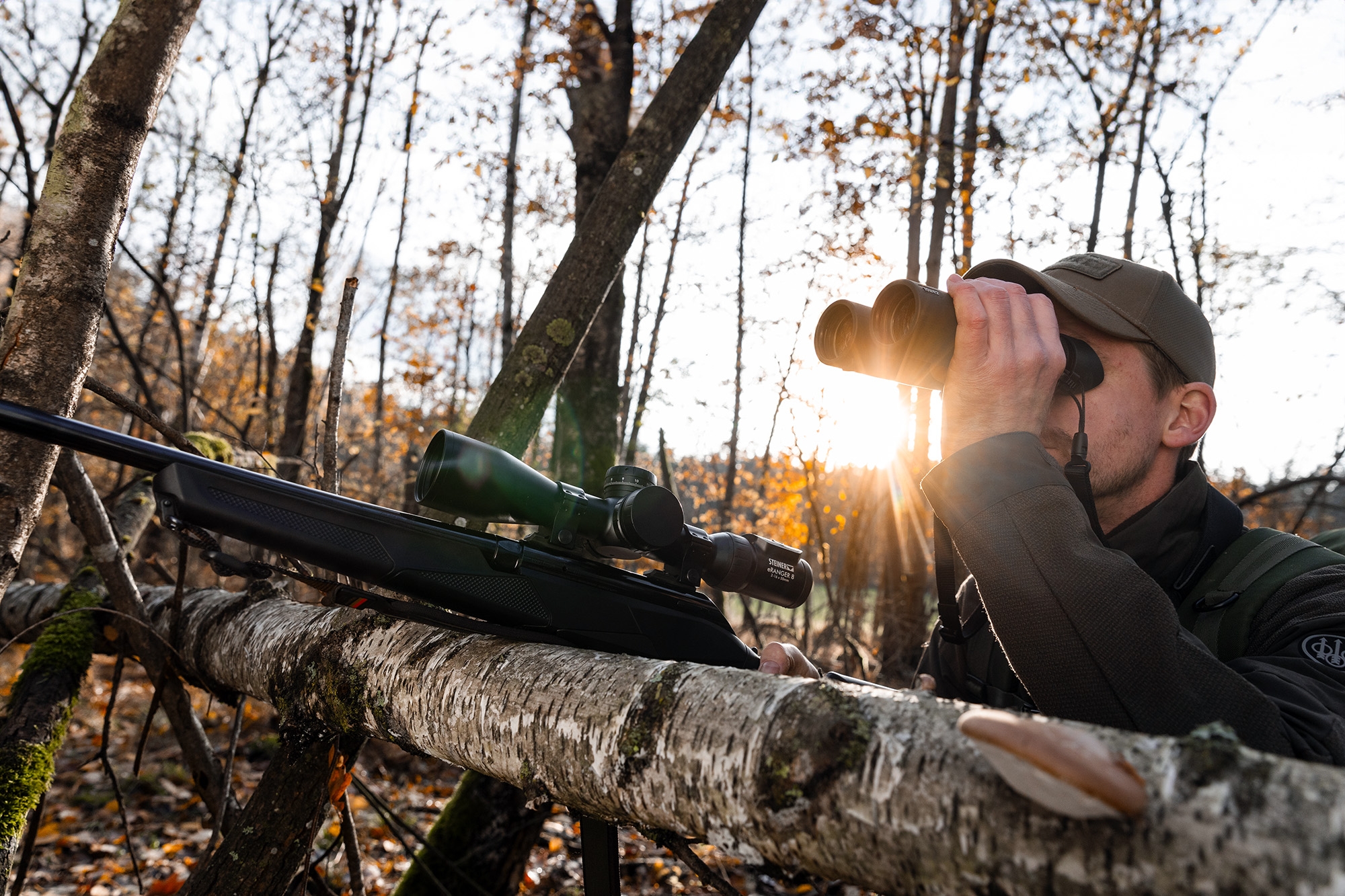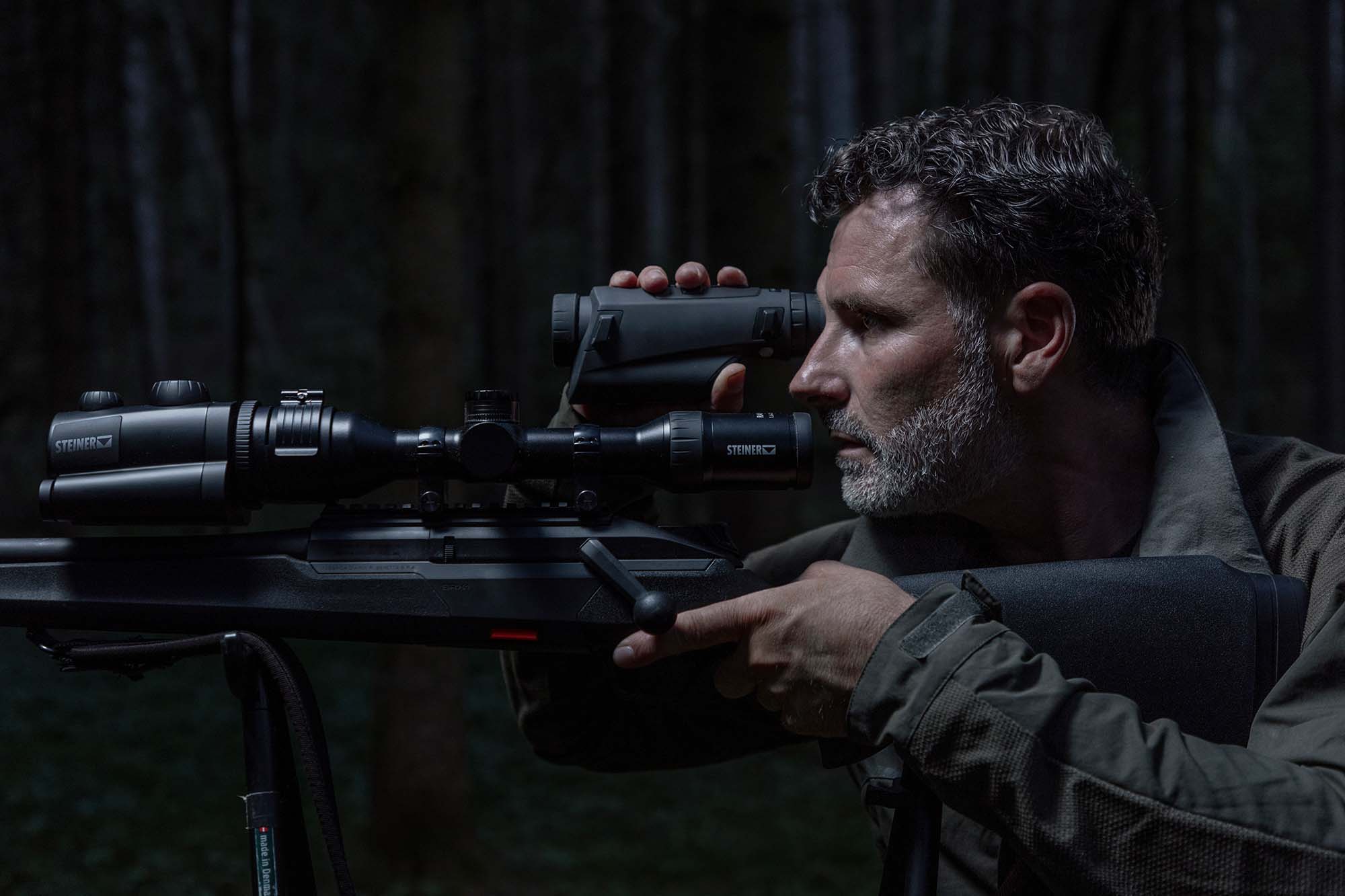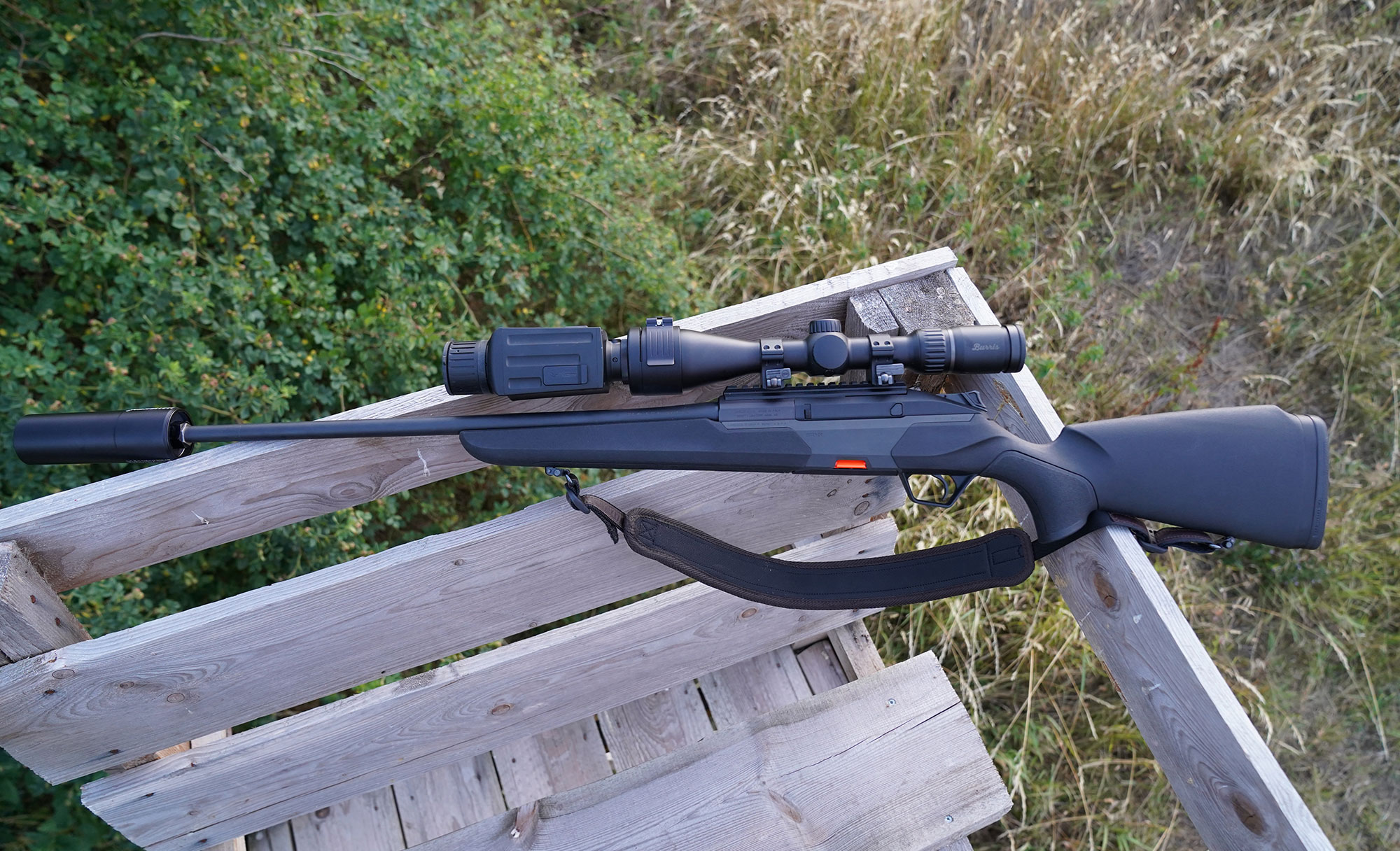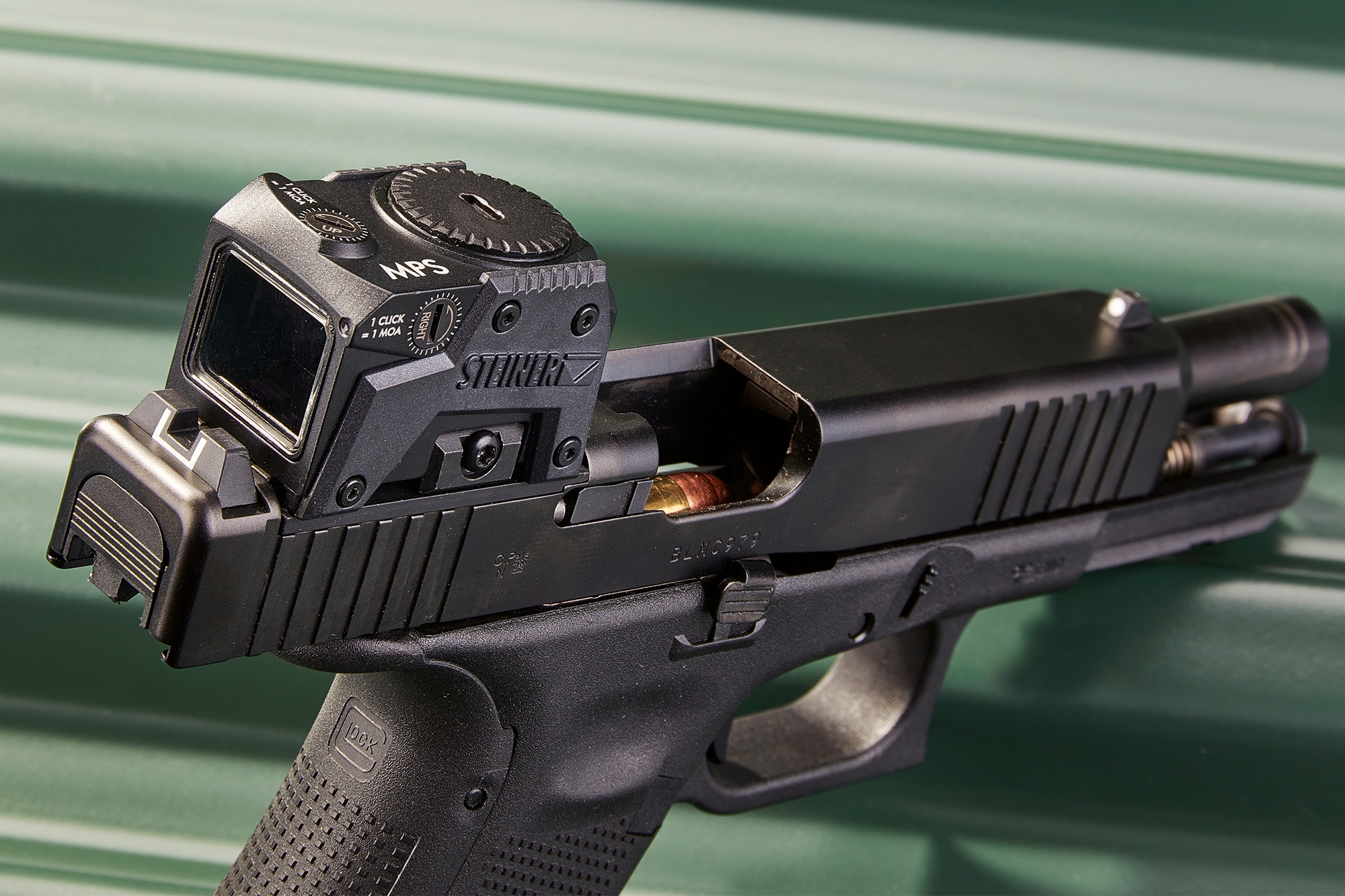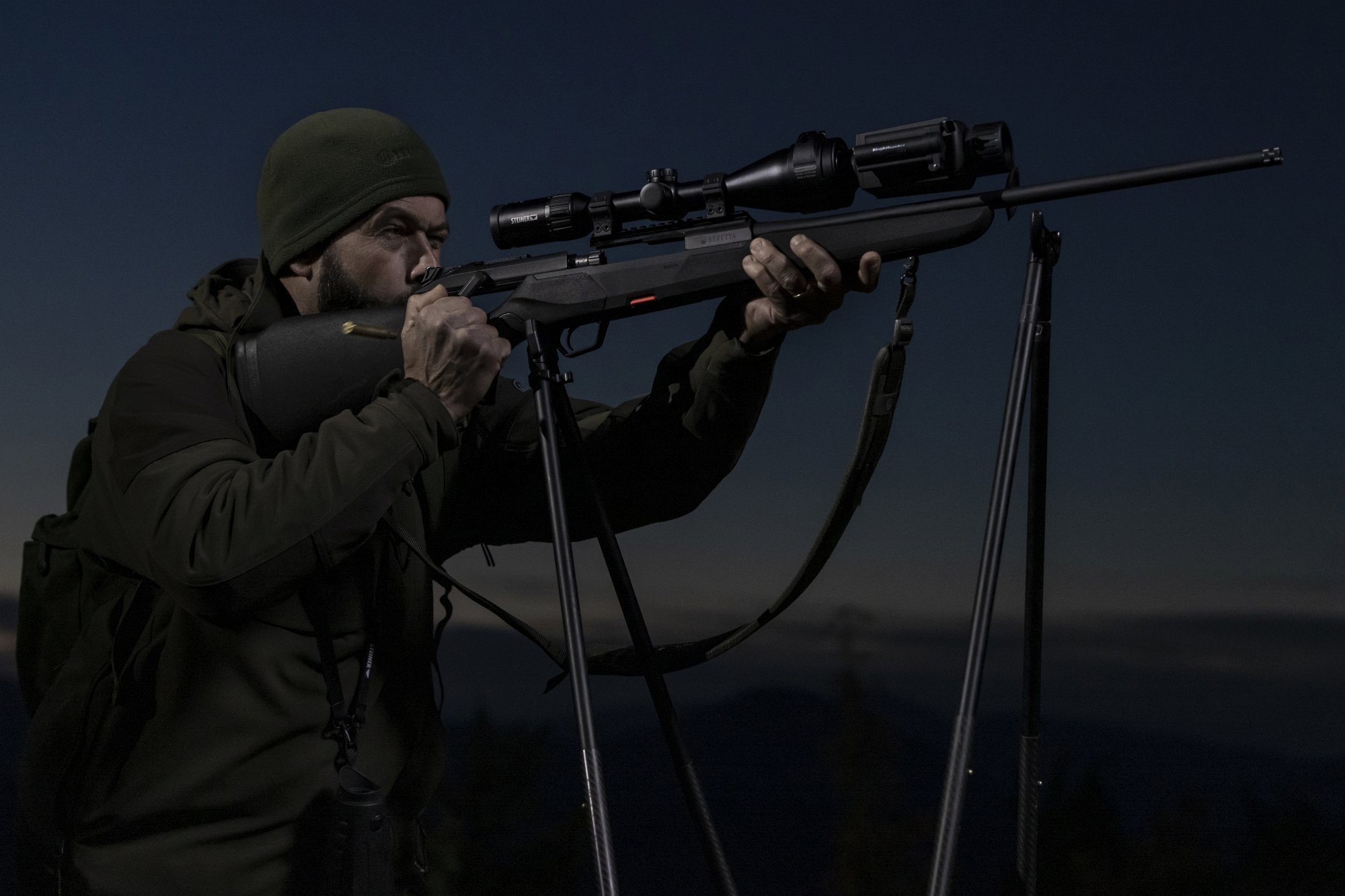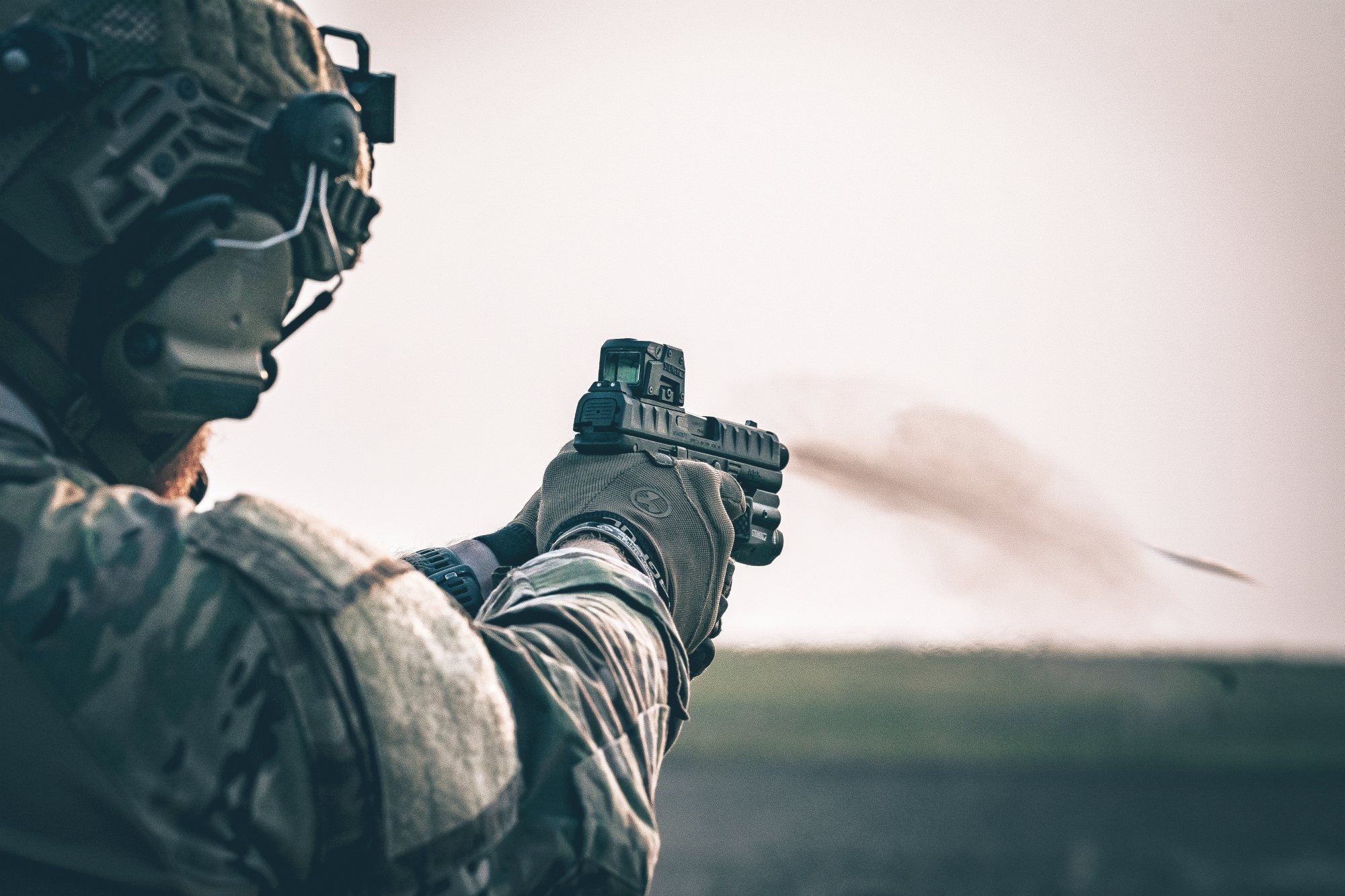Known and respected as a manufacturer of high-quality optics for hunters and nature lovers, Steiner has entered the field of digital thermal devices with the Nighthunter H35 thermal imager. On the outside, the device is supposed to combine the expertise from decades of binocular construction with state-of-the-art technology on the inside. All4hunters.com was able to take a closer look at whether and how well this was achieved with a test device.
Video interview with Alain Page: Steiner Nighthunter H35
Central to the Nighthunter H35: Quantum Vision – But what does this new technology do?
As we already explained in detail in our presentation article, Steiner calls the technology in the new thermal night vision device "Quantum Vision". By this, the manufacturer means the interaction of a thermal sensor with a resolution of 640x512 and the specially developed software algorithm. The focus is on fast detection and sharpness of the image. The LCOS display has a resolution of 1280x960 pixels. The first tests already suggest that this plan has worked out: After successfully setting the correct image sharpness on the left side of the device – experience shows that eyeglass wearers look through the device better without their external eye correction – the image is clear, sharp and smooth. When looking out of the windows of the editorial office, even details of passing cars can be recognized without problems. First impression: Quantum Vision seems to work well.
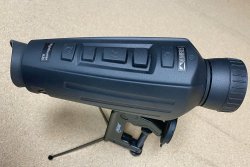
Operation turned out to be simple. There are only five buttons on the top of the Nighthunter H35: One up and one down button each, a menu button, a photo button, and of course the customary on/off switch. The functionalities change depending on the menu position. For example, if you are in "normal" viewing mode, you can switch through the different color modes (see below) with the down arrow. In the menu, however, the hunter navigates with the arrow keys. After a short familiarization, this system presents itself as intuitive and well thought-out. So far, so good: Of course, the hunting functionality is important. Accordingly, we took the device to the hunting grounds.
Practical test: with the Steiner Nighthunter H35 in the field
The first thing that is particularly relevant from a hunting point of view: the silent rubber controls. In addition, there is the legendary Steiner robustness in the form of a shockproof and waterproof Makrolon housing. The H35 can withstand shocks up to 30 G and temperatures from -10 to +50° C.. Of course, we didn't try that out for obvious reasons. From the subjective impression of the case's stability, these values are well within the realm of possibility.
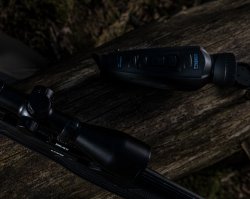
On the raised hide, we could find practically no problems, because the controls are easy to feel in the dark, individual modes appearing in the display. The optical magnification of 2.04x is sufficient up to around 100 meters, even for details such as determining the sex of wild boar. The digital magnification of 2x - 16x starts to pixelate somewhat at more than three times magnification, limiting the reproduction of small structures. However, it must not be forgotten here: digital zoom is always a "stopgap". Since devices cannot simply "add" what is not shown optically, this problem exists with all devices of this class. Here's an example: open any image from the Internet and try to zoom in strongly. There, too, you zoom in accordingly to the maximum resolution of the image and it becomes pixelated. On the other hand, the device's image sharpness in optical magnification is very contrasty and also confirms the positive impression from the first indoor tests in practical use.
Excursion into technology: the five color modes of the Steiner H35.
In addition, the hunter can optimize the detection and observation of game with the use of the different color modes built into the device. The H35 offers five of them: white hot, black hot, red hot, iron and blue hot.
”White Hot” mode is still one of the most common color filters in thermal imaging. Warmer areas are displayed in white, while colder areas are displayed in black. This mode is often used by the military, but is less common among hunters. “Black Hot" is basically the complementary mode to White Hot. Due to the dark representation of the heat sources, the image looks more lifelike and is optically close to a residual light image. This is another reason why it is used more often in hunting. "Red Hot" is an improved "White Hot" mode. Like that, warmer areas are brighter, colder areas darker. However, especially warm areas are marked in red. This brings some advantages on the hunt. In the case of the H35, the hunter can set from which area this red coloring occurs. That is why Steiner also calls the mode "Adjustable Red Hot". In the "Iron" mode, a color distribution of the heat display takes place. In concrete terms, this means that colder areas tend to be displayed in cold colors such as blue, while warmer colors appear reddish to yellow on the display. This mode is particularly suitable for detecting finer differences in heat and thus also for finding thermal bridges in buildings, for example. Named "Blue Hot", it bathes the hunter's view in bluish light. The contrast is rather low, cold areas are just as blue as warmer ones, although particularly warm areas are shown in a warm yellow/greenish tone up to white.
Since perception is prioritized individually, everyone can choose the mode that suits them best. The testers preferred to work with the Red Hot setting. Even small mammals such as rats, mice and dormouses are very well recognizable at the baits. Even at the slightest sound, the thinning foliage identifies game that is trying to escape.
Practical operation and battery life of the Steiner Nighthunter H35 thermal imager
In addition to pure observation, the Steiner Nighthunter H35 can also serve as a photo or video recording device. To do this, the user simply presses the corresponding recording button: short press for a photo, long press for a video. The data recorded in this way can then be conveniently accessed and shared via the Steiner app. WiFi functionality is also integrated into the device for this purpose. There is also a micro HDMI port on the side of the Nighthunter H35, which allows the live image to be transmitted directly to a monitor or TV.
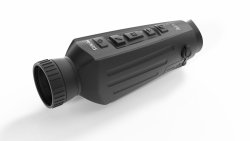
The manufacturer has permanently installed the 6000 mAh battery. Steiner specifies a maximum observation time of 4.5 hours for one battery charge. If the hunter also wants to film or take photos, the battery life is reduced accordingly. In this context, it is recommended not to leave the device in continuous operation during the entire hunt. The hunter can switch to "display off" or stand-by mode by briefly pressing the on/off switch. This not only saves battery power, but also prevents the device from heating up unnecessarily. When the button is pressed again, the H35 is immediately and silently ready for use. This function has convinced us in practice. If the hunter decides to switch the device off completely (long press of the button), our tests resulted in a start-up time of about 12 seconds. However, a slight noise should also be taken into account. If the battery life is not sufficient, the user can also charge the Nighthunter thermal device with a powerbank. This is done by connecting it to the H35 via USB-C interface.
The new Steiner thermal sight came with a universal pouch, a USB-C charging cable, and a power adapter. The latter also came with five different plug adapters. So you are also well equipped for a hunting trip.
Steiner Nighthunter H35 specs and price
| Model: | Steiner Nighthunter H35, |
| Type: | Thermal imager |
| Price (MSRP): | 3,299 euro |
| Detector: | Resolution 640x512 @ 12 µm, spectrum 8-14 µm, NETD ≤50 mK @ F1 25° C. |
| Focal Length: | 35mm F1.0 |
| Image Output Rate: | 50 Hz |
| System Magnification: | 2x-16x |
| Display: | LCOS |
| Resolution: | 1280x960 |
| Weight: | 695 g |
| Length/Width: | 215x72 mm |
| Equipment: | Socket adapter for GB/AU/EU/CN/UL and carrying case/strap/charging cable and USB power adapter in accessories. Power supply via fixed batteries, 2x18650, 6000mAh. Memory 16GB, video output format digital. Identification limits: red deer approx. 400m, roe deer approx. 250m, human approx. 225m. |
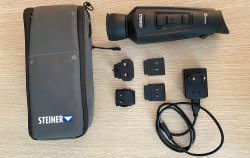
Steiner Nighthunter H35: test wrap-up
Steiner has made the leap from analog to digital imaging, along with sophisticated thermal imaging technology, right off the bat. The optical quality was excellent in the test, handling and operation intuitive, and at no point was there any fear for the device in hunting use - thanks to the rugged construction. The three extras, especially the rigid case and the many charging options, are not spectacular but quite solid. All in all, the MSRP of 3299 euros is quite acceptable – even if it is not one of the cheapest offers on the market. What we would have wished for is a built-in range finder. But maybe the developers will listen to our "silent call" in the next product update.
What we liked: | What we found less good: |
High optical performance with 5 display modes | Permanently installed battery develops heat during longer operation |
Strong performance in the dark | |
Intuitive operation | |
Particularly rugged construction |
Test: Dieter Kronenberg
Editors: Robert Riegel and Dario Nothnick
For more information about the Nighthunter H35 please visit the Steiner website.



